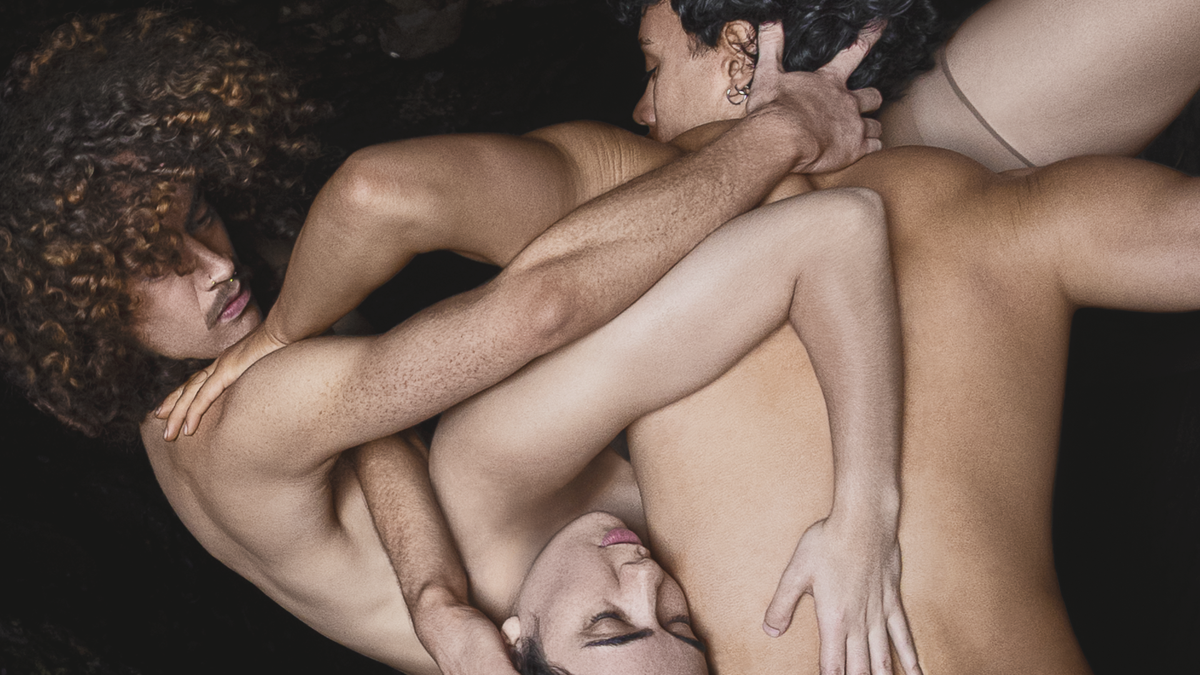Rongo Whakapā: From a Sense of Touch to a Shared Connection
In a time of disconnection, Rongo Whakapā invites us to slow down, lean in, and feel the quiet power of collective presence through the language of touch.

Meaning “Sense of Touch”, Rongo Whakapā is the debut choreographic work by Brydie Colquhoun, one of Aotearoa’s most captivating Māori contemporary dance artists. Performed by six dancers in an open, fluid, and decolonised space at Te Pou Theatre, the piece explores the tension between individualism and collective community through movement, stillness, and shared presence.
"Intimate, Sensual, and Immersive"
As the audience stepped into the performance space, there were no fixed seats — only six angular acrylic panels scattered across the open floor. Before the show began, we were invited to interact with these panels, choose our position, shift perspectives, and move freely through the space, like navigating a quiet, tactile maze. The panels stood like frosted barriers: blurred, semi-opaque, and obscuring what lay beyond.
As the lighting shifted and the sound deepened, the dancers began to respond to each other and their surroundings. Their bodies connected through hugs, spins, and soft collisions — movements that flowed with a natural, intuitive rhythm. What unfolded was less about spectacle and more about touch, connection, and the gentle forming of community.
Gradually, the dancers laid the panels down, turning these walls into tent-like shelters, creating small spaces that held moments of privacy, loneliness, and reflection. But soon, the panels were lifted again, opening the space and inviting renewed interaction. The gesture felt symbolic: letting go of isolation and embracing collective community.
By the end, all panels were brought together and arranged into the shape of a house — a shared kainga, a home where they could co-exist, co-create and co-hold.
Their interaction with this shifting space — and with each other — felt both symbolic and performative. At times, I wasn’t sure whether I was witnessing a dance work or walking through an installation. And perhaps that blurring is intentional: Rongo Whakapā invites us not just to watch, but to feel, to shift, and to be present with others in quiet, embodied ways.
Craccum would like to thank Elephant Publicity for the invitation to the Opening Night of Rongo Whakapā, presented by Atamira Dance Company at Te Pou Theatre.







